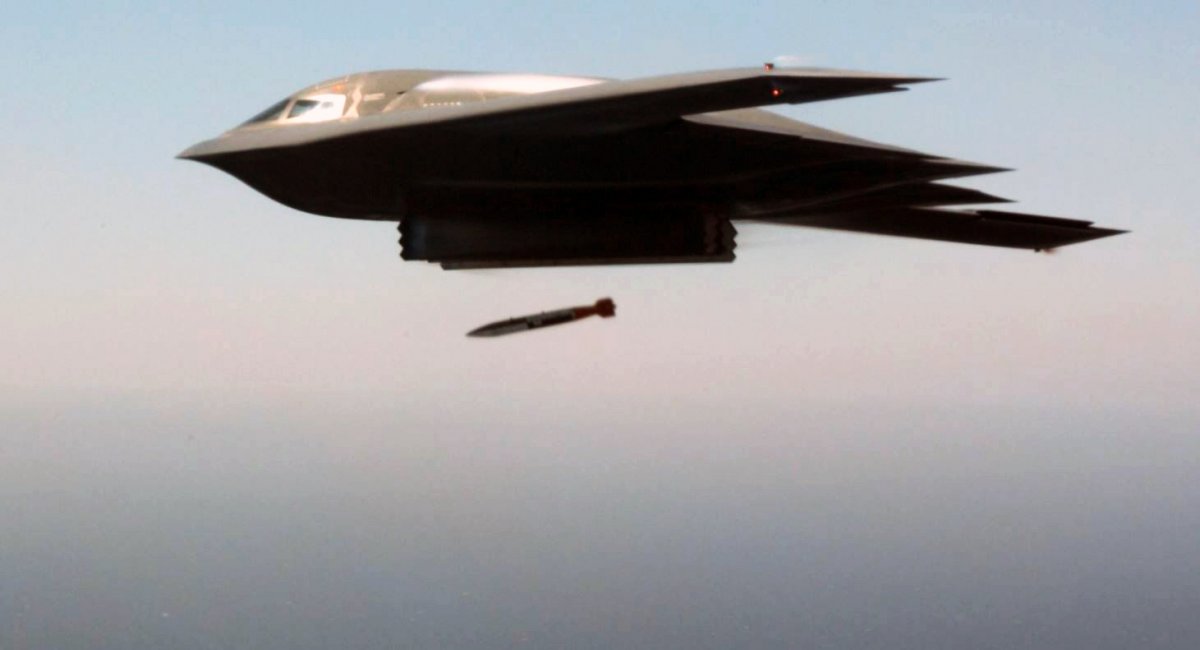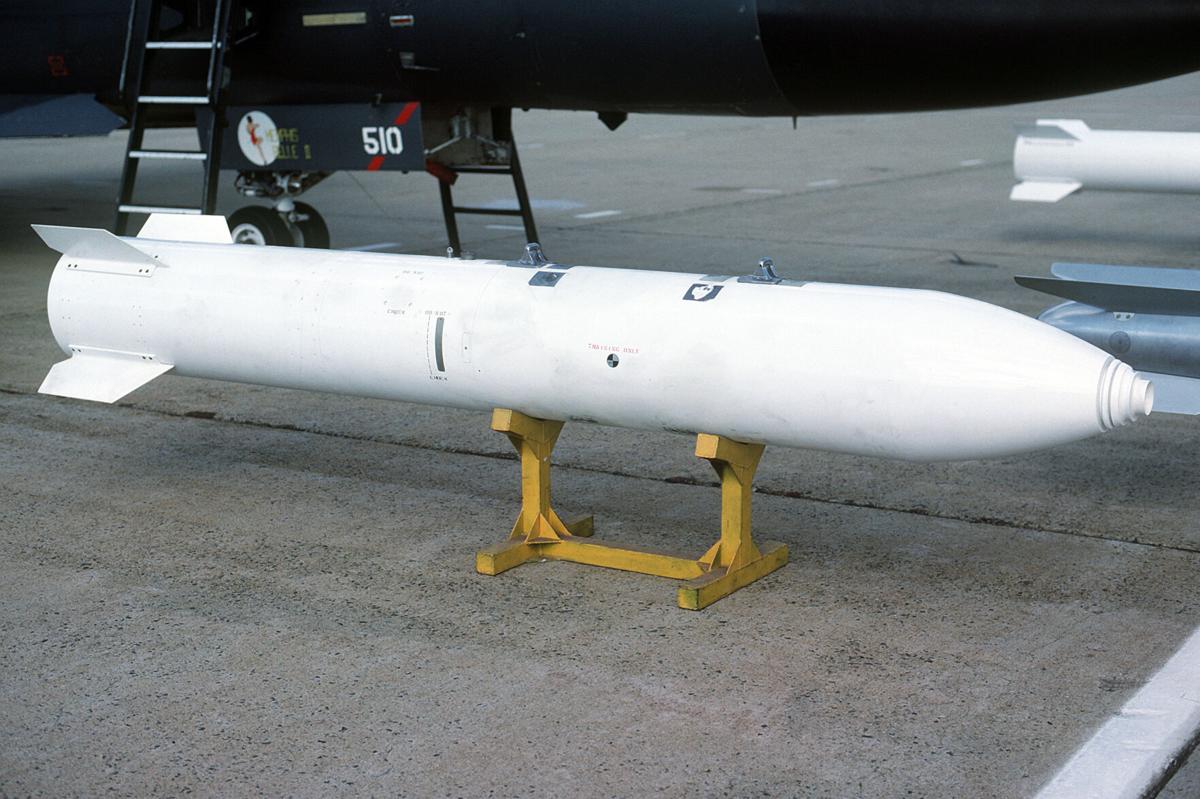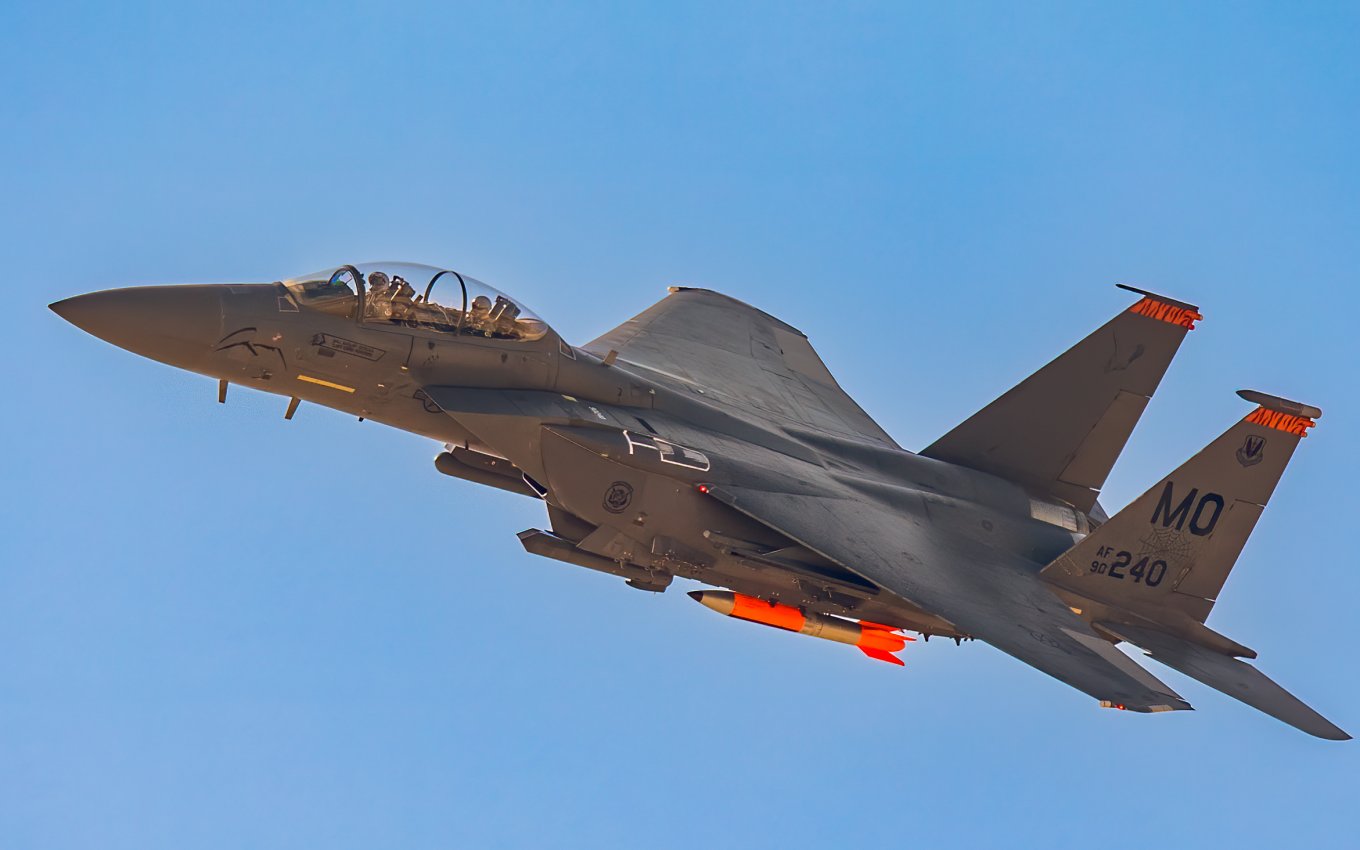
US to create new version of nuclear bomb for special purposes like Putin’s bunker
The B61-13 should have a yield of up to 360 kilotons and will be in service in parallel with the B61-12 with only 50 kilotons
The United States has announced its intention to create a new version of the B61 nuclear free-fall bomb, which is the main type of nuclear munition for air forces. And for a bomb that was developed in 1963, this will be the thirteenth version.
The decision to create a new bomb has already received the green light from the US presidential administration, as it “reflects the changing security situation and growing threats from potential adversaries.” The design of the new bomb with the B61-13 index will be based on the newly developed B61-12 version, but will have a much higher yield.
While the B61-12 has a choice of 0.3-, 1.5-, 10- or 50-kiloton yields (the choice of yield is made during preflight preparation of the bomb), the B61-13 has the same declared yield as the B61-7, i.e. up to 360 kilotons, as stated in the Pentagon’s report. Also, the B61-13 is to replace a certain number of B61-7s that are being decommissioned, and the new version should have greater accuracy and safety.
At the same time, the US Department of Defense noted that the number of B61-13s produced will not change the total number of nuclear bombs in the arsenal. That is, their production will be reduced by reducing the production of the B61-12 and decommissioning the B61-7, as well as another nuclear bomb, the 1.2 megaton B83-1, which is the largest nuclear weapon in the United States.

The cost and timing of the work have not yet been announced, but for comparison, the cost of the B61-12 program is $9.6 billion with a production of 400-500 units, according to preliminary plans. The main feature of the B61-12 was its accuracy of +/- 30 meters compared to +/- 110-170 meters for the B61-11, which allowed the Pentagon to limit the charge power to hit highly protected targets with a ground explosion.
However, given the plans to combine similarly high accuracy and 7 times more power in the B61-13, we are talking about creating a munition designed to destroy even more fortified underground targets. If we are talking about a power of 360 kilotons, this will allow the explosion on the surface to form a crater up to 66 meters deep with a radius of up to 275 meters, which means that much deeper objects can be destroyed.
And if the B61-13 has the ability to be buried in the ground, like the B61-11 with a yield of up to 400 kilotons, it will be able to hit the most protected strategic sites.

Importantly, the B61-13 can be carried by virtually all aircraft, both tactical and strategic, due to its rather low weight of approximately 320 kg (540 kg for the B61-11). At the same time, for the most important tasks, the US doctrine of using free-fall bombs envisages the use of B-2 strategic bombers, and later the B-21 Raider, which is already preparing for its first flight.

